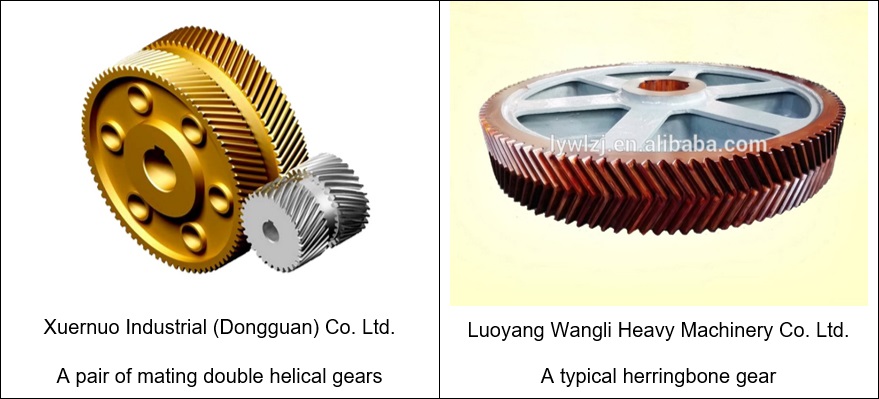Gear drive is one part and parcel of mechanical power transmission system that transmits power and motion by successive engagement and disengagement of teeth of driver and driven gears. There exist four basic types of gear, namely spur gear, helical gear, bevel gear and worm gear. The spur gear and helical gear are applicable for power transmission between two parallel shafts, whereas bevel gear is useful for two intersecting shafts (not necessarily perpendicular). For non-parallel non-intersecting shafts, worm gear can be employed. Teeth of the bevel gear can be cut either straight or helical. If the tooth profile is straight then teeth of two mating gears come in sudden contact that imposes impact load on tooth and also increases vibration, noise and wear rate. This sudden contact can be replaced with gradual contact by altering the teeth form. Teeth that are cut in the form of spiral curve of the bevel gear blank can offer gradual contact. Accordingly, bevel gears can be classified into two groups—straight teeth and spiral teeth bevel gears.
As the name suggests, in straight teeth bevel gear, teeth are cut in the form of a straight line that converges on a common apex; while in case of spiral teeth bevel gear, teeth are cut in the form of a spiral curve that also converges on a common apex. Teeth of the straight bevel gear can be compared with that for spur gear, while the same for spiral bevel gear can be compared with helical gear, except that the teeth are cut on a conical gear blank (instead of cylindrical as in case of spur or helical gear). Spiral teeth minimize detrimental effects of straight teeth and offer a longer gear life. However, cutting such teeth is difficult and time consuming. Thus cost of the gear unit increases. Various similarities and differences between straight teeth bevel gear and spiral teeth bevel gear are given below in the form of table.

Similarities between straight teeth and spiral teeth bevel gear
- Both are engagement type power transmission elements (unlike belt drive which is a friction drive).
- Both offer slip-free power transmission. Thus they are positive drives.
- Since both of them are bevel gears so they can transmit power and motion between two intersecting shafts. For example, both can transmit power at an angle of 90º.
- In both the cases teeth are cut on a conical gear blank and the locus of all teeth converges on a common apex point.
Differences between straight teeth and spiral teeth bevel gear
| Straight teeth bevel gear | Spiral teeth bevel gear |
|---|---|
| In case of straight teeth bevel gear, elements of the teeth are in the form of a straight line, which converges on a common apex. | In case of spiral teeth bevel gear, elements of the teeth are in the form of a spiral curve, which also converges on a common apex. |
| Here contact between teeth of two meshing gears occurs suddenly. | Here contact between teeth of two meshing gears occurs gradually. |
| Due to sudden engagement, teeth are subjected to impact loading. | Due to gradual engagement, teeth are subjected to gradual loading. |
| Sudden engagement of teeth also causes vibration and noise. | Operation of spiral teeth bevel gear is smooth and quite. |
| Load carrying capacity of straight teeth bevel gear is comparatively low. | Load carrying capacity of spiral teeth bevel gear is comparatively high. |
| These are suitable for low to moderate speed applications. | These can be utilized at high speed applications also. |
| Life of the straight teeth bevel gear is shorter as it is subjected to impact loading and vibration. | Spiral teeth bevel gears have longer life. |
References
- Introduction to Machine Design by V. B. Bhandari (McGraw Hill Education India Private Limited).